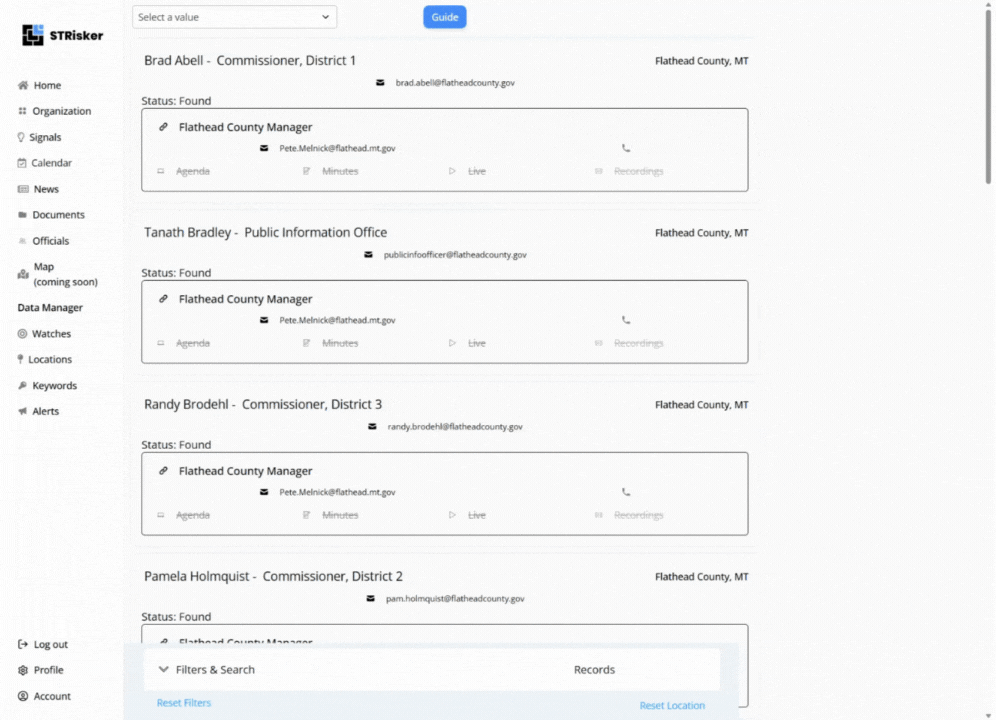🎯 STRisker: Bulletin - Santa Cruz County, CA
Santa Cruz Draws a Line in the Sand on STRs - Board of Supervisors Put Brakes on Vacation Rentals



Santa Cruz Draws a Line in the Sand on STRs
Santa Cruz County supervisors have voted to pump the brakes on the runaway growth of short-term rentals (STRs), in an effort to keep homes in the hands of residents and quiet the noise—literally—coming from vacation properties.
On Tuesday, the Board of Supervisors approved sweeping new restrictions aimed squarely at “non-hosted” vacation rentals—those where the owner isn’t on-site. The changes apply to unincorporated areas of the county (cities like Santa Cruz and Capitola have their own rules) and will go to a final vote on Aug. 19 before heading to the California Coastal Commission.
The heart of the measure? A new countywide cap of 270 non-hosted permits outside of already regulated zones. That’s exactly the number currently permitted or pending, meaning no new slots will open unless someone drops out. Hosted rentals keep their existing 250 cap, but can now rent out three bedrooms instead of two.
Other key changes include:
- Rejecting new non-hosted applications if neighboring homes are also STRs.
- A 24/7 hotline for noise and nuisance complaints, funded by higher application fees.
- Mandatory removal of unpermitted listings by Airbnb, Vrbo, and others—staff say at least 70 illegal STRs are currently running.
- One STR permit per owner, no exceptions.
- Six months’ rent compensation for any tenant displaced by a STR conversion.
- Onsite inspections for all new STRs.

STRisker Government Office Dashboard
Trying to keep up with the main players in the STR game? Know your councilmembers, commissioners, committee chairs, and key staff that are part of the process.
Certain streets in Aptos, Seacliff, and La Selva Beach will still see no cap, acknowledging their tourist-heavy character.
Supervisors Manu Koenig and Justin Cummings, who led the effort, framed it as a housing-first move. Koenig pointed to first-time buyers being priced out by investors turning homes into “virtual hotels,” while Cummings called STRs a driver of both housing scarcity and homelessness.
Not everyone is without reservations—Supervisor Kim De Serpa backed the plan but worried about losing some of the $9.3 million in transient occupancy tax revenue STRs brought in last year. Still, the board agreed it’s time to rein in the commercial creep into neighborhoods.
The new rules are a big shift for a county that first adopted STR regulations in 2011 and last updated them in 2020. With Coastal Commission review still ahead, the debate over just how many STRs Santa Cruz should allow is far from over.
Stay Updated with STRisker
STRisker offers tools and features to keep you updated with the Short-Term Rental movement across the U.S.
👍 We’d love your feedback.
We're always looking for ways to improve Bulletins.
Was this one useful to you? Other topics you'd like to see get covered?
✉️ Just reply directly to this email. We read and respond to every message!
-Will McClure
🙋 P.S.
Know someone else who should be reading this Bulletin? Feel free to forward this along. We want to make sure operators and stakeholders are aware of regulatory changes in their area.
